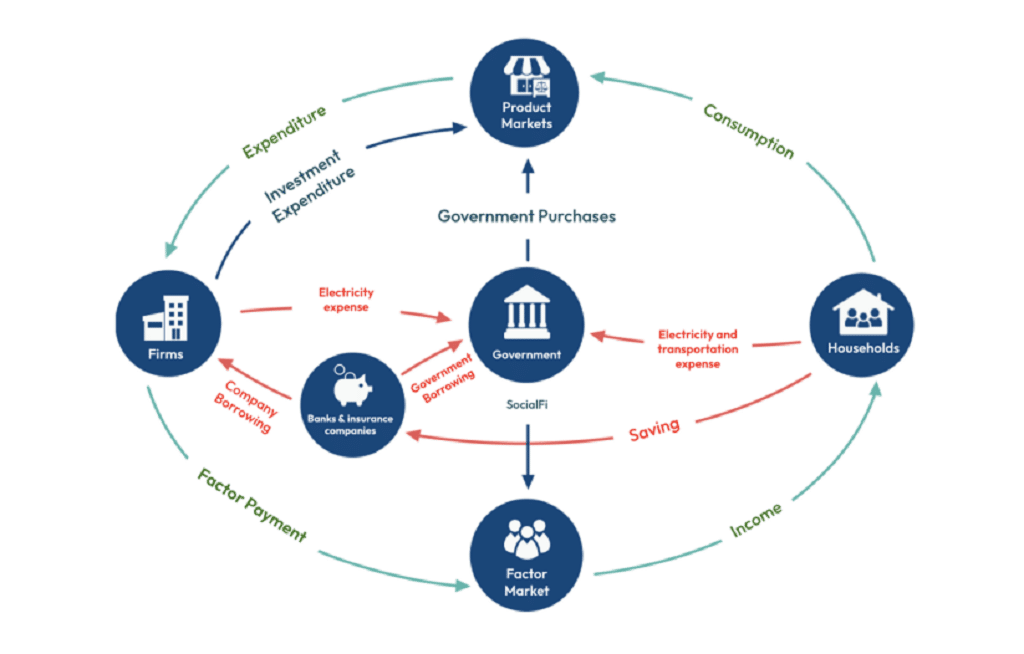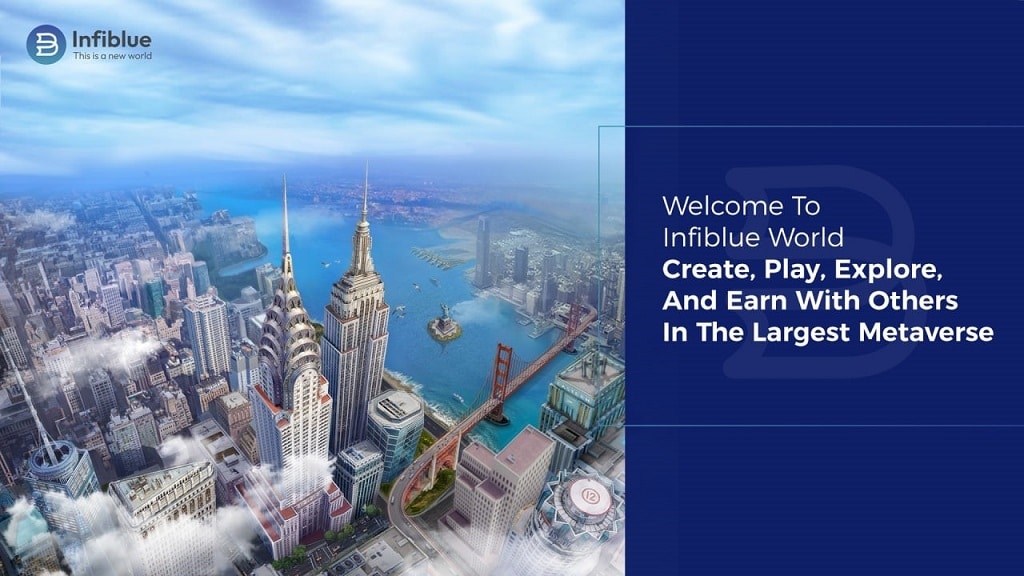The Metaverse has seen rapid growth over the past year. Virtual worlds, such as Decentraland, grew its subscribers by 3,300%, and reached a market cap of $12B. Average land prices in games like SandBOX also exceeded the average price of real world real estate in large metropolises.
Metaverse concept crypto assets like AXS, MANA, SAND have been surging, triggering large scale investment in the metaverse sector.
Additionally, large technology companies have been investing in the metaverse through the development of metaverse systems, mergers and acquisitions, the issuance of NFTs, and building metaverse pavilions. These sorts of investments by companies like FaceBook, Samsung, Microsoft, Nvidia, Epic, Adidas, and Nike have inspired mainstream investment interest in this virtual segment.
As the metaverse continues to grow and iterate, and large numbers of developers become involved, these virtual worlds expand and interact with real life. There are opportunities to enhance productivity, improve collaboration, and enjoy richer social connections.
The Infiblue metaverse is the latest example of this expansion, and the game uses cutting edge technology to achieve its unique ecosystem. Below, we take a tour of the Infiblue metaverse to identify key trends in the metaverse space.
Infiblue Metaverse
Infiblue is the first metaverse game with a “Live-to-earn” feature, where players can earn real income while “living” in the virtual world. Leveraging the UE5 engine, Infiblue has premium graphics, and 3D rendering which surpasses most of the existing metaverses.
In addition to the excellent production, Infiblue’s two greatest features are: unfolding the game on the real world map, and creating a near-real-world economy system which provides underlying value to the NFTs. Such features facilitate business growth in the metaverse, creating a robust ecosystem. In contrast, traditional metaverse games like Axie Infinity and Decentraland rely on speculation.
A Play2Earn and SocialFi for Everyone
Up until now, Play2Earn games have required players to purchase NFTs with their own money in order to enter the game, with early players selling the NFT at a higher price to earn a profit. Unfortunately, whis model is unsustainable, because it requires an endless supply of new players bringing in money to keep it running.
Infiblue, on the other hand, requires no initial investment to get started. Players at all financial positions are able to join this game and build wealth. Besides investing in NFTs, there are many ways to make money, such as finding a job, creating content, networking with other players, providing services to other players etc.. For example, one player can offer physical world delivery service to other players in the city and get paid; another can provide graphic design or software development service to other players to make money. Unlike what we have seen in other games, Infiblue’s model is creating real value by improving the gaming experience and physical world productivity.
Since Infiblue is a SocialFi game, players are encouraged to create content and become an active member in the community to earn Monie. More than just a way to earn Infiboue’s cryptocurrency, the social dimension of the game allows players to build a social network on the platform. Players can run campaigns in the game to become a political leader, become a mentor and share their knowledge and experience, or create artworks and grow to be artists. This feature increases the richness of interactivity for the players, and accelerates engagement in the game. At the end of the day, we expect to see players learn leadership and communication skills, make friends, take responsibility for the community and find happiness, which could be translated into skills, confidence and healthy relationships in the physical world.
A Near-Real-World Economic System
Infiblue’s economic model is another cutting edge innovation in the metaverse. The model is based on real world economic theory and data, and the foundation of the algorithms are existing industry models. Within the game, players can invest in everything from mines that harvest raw materials, to factories, to retail consumer goods. With capital, labor, raw materials and entrepreneurs management skills, businesses can generate consumer products and services. With salary and investment profit, players are able to purchase these commodities and improve their gaming experience. In addition, Infiblue metaverse has a financial system which creates investment vehicles such as saving accounts, governments, insurance and so on and so forth, to reallocate assets and resources to the most efficient use. Just as in the real world, Infiblue’s federal government’s mission is to stabilize the economy, create job opportunities and offer public services. Through issuing government bonds, controlling liquidity supply, tuning public service cost, the federal government will fight against inflation and recession and ensure sustainable economic growth.

A DAO that not Controlled by the Richest
Finally, Infiblue’s DAO is set up to optimize transparency and self-governance. To protect the players and token holders, Infiblue innovated a dual governance system with a token holder governance body and a house of representatives. The former consists of Monie holders and their voting power is based on the number of tokens held, and the latter consists of players-elected political leaders in the game, such as majors, governors and representatives, whose voting power is based on the number of players in their jurisdictions. A proposal needs to reach consensus in both bodies to be effective. Such a brilliant design is from the concern that institutional investors or the richest individuals hold the majority of the tokens, but they cannot represent the interest of majority players.
While the metaverse continues to grow and large companies stake their claims in this greenfield landscape, Infiblue represents cutting edge innovation that democratizes gameplay for the average player.
Subscribe to our telegram channel. Join


